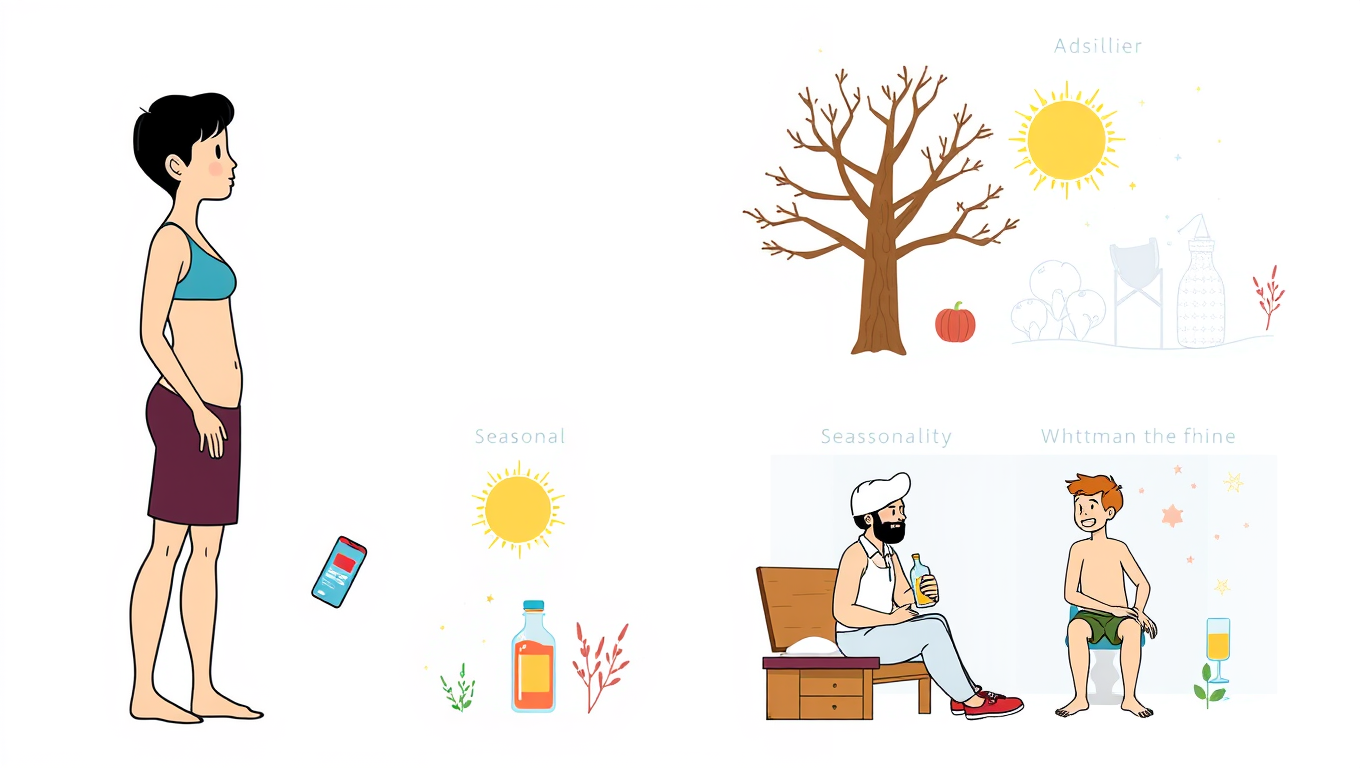While we try to keep things accurate, this content is part of an ongoing experiment and may not always be reliable.
Please double-check important details — we’re not responsible for how the information is used.
Addiction
“Pioneering Pain Relief: A New Drug Takes Aim at Opioids’ Dark Side”
A study shows a non-opioid pain reliever blocks pain at its source — calming specific nerve signals that send pain messages to the brain. In mice, the compound SBI-810 eased pain from surgery, bone fractures, and nerve injury without causing sedation or constipation.

Addiction
Cannabis Use Among Seniors Surges 46% in Two Years—Study Reveals
Cannabis use among older Americans has climbed dramatically, with 7% of adults 65 and older now reporting recent use. This rise isn’t just in numbers but also in diversity older users today are more likely to be women, college-educated, and higher-income. Researchers suggest legalization and growing social acceptance are contributing factors, especially in states with medical marijuana laws. The trend is especially notable among those with chronic illnesses, raising both opportunities and concerns for medical professionals trying to balance symptom relief with the complexities of aging.
Addiction
The Pressure to Conform: How Peer Norms Drive Risky Behavior in Young Adults
The study explores how social influences, particularly peer pressure, impact substance use — and misuse — among young adults. A confidential online survey on alcohol use was given to 524 students at a large public university (not UTA).
Addiction
The Seasons’ Influence on Your Body: How Time Affects Tolerance, Weight Gain, and More
Researchers have found that drug effectiveness, alcohol tolerance, and carbohydrate metabolism change with the seasons. Their findings are based on a comprehensive seasonal gene expression map, which investigated over 54,000 genes in 80 tissues in monkeys across one year. The study has implications for drug prescription and precision medicine.
-

 Detectors8 months ago
Detectors8 months agoA New Horizon for Vision: How Gold Nanoparticles May Restore People’s Sight
-

 Earth & Climate9 months ago
Earth & Climate9 months agoRetiring Abroad Can Be Lonely Business
-

 Cancer9 months ago
Cancer9 months agoRevolutionizing Quantum Communication: Direct Connections Between Multiple Processors
-

 Albert Einstein9 months ago
Albert Einstein9 months agoHarnessing Water Waves: A Breakthrough in Controlling Floating Objects
-

 Earth & Climate8 months ago
Earth & Climate8 months agoHousehold Electricity Three Times More Expensive Than Upcoming ‘Eco-Friendly’ Aviation E-Fuels, Study Reveals
-

 Diseases and Conditions9 months ago
Diseases and Conditions9 months agoReducing Falls Among Elderly Women with Polypharmacy through Exercise Intervention
-

 Chemistry8 months ago
Chemistry8 months ago“Unveiling Hidden Patterns: A New Twist on Interference Phenomena”
-

 Agriculture and Food9 months ago
Agriculture and Food9 months ago“A Sustainable Solution: Researchers Create Hybrid Cheese with 25% Pea Protein”





























